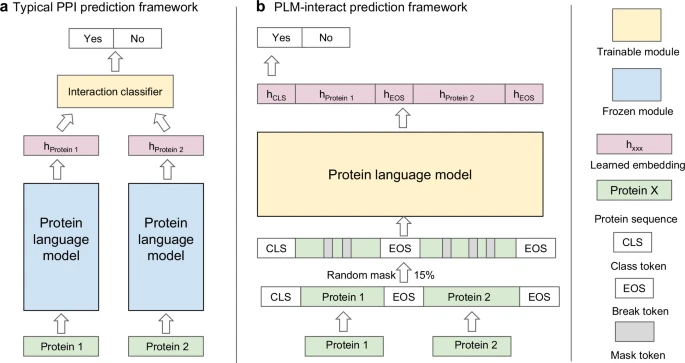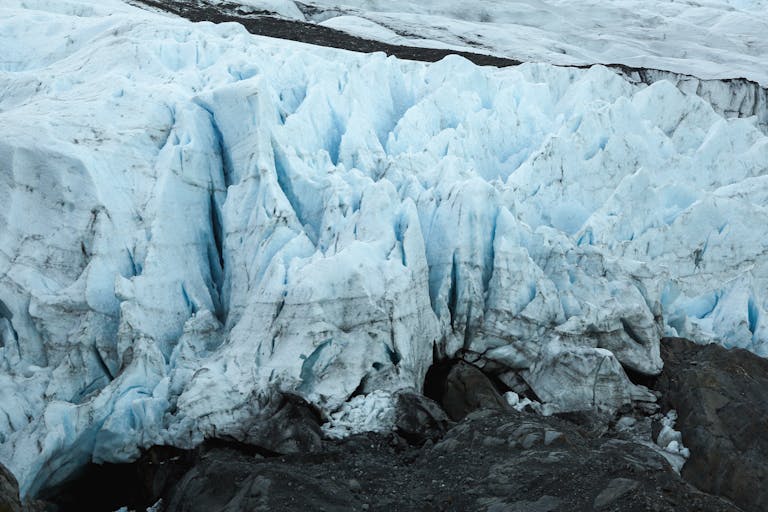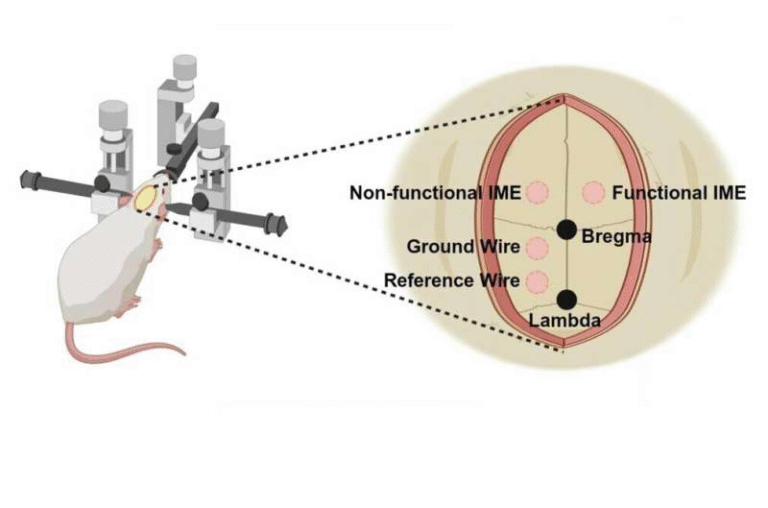Space Lasers Expose a 30-Year Truth About Rising Oceans

The steady increase in global mean sea level (GMSL) has long been considered one of the clearest signs of climate change.
A new study led by researchers from The Hong Kong Polytechnic University (PolyU) has provided the first detailed 30-year record (1993–2022) of global ocean mass change using advanced satellite-based techniques.
The results, recently published in the journal Proceedings of the National Academy of Sciences (PNAS), reveal that ocean mass growth — primarily from melting land ice — is now the leading force behind rising seas.
This research not only confirms the acceleration of sea-level rise but also demonstrates that we can now reliably use satellite laser ranging (SLR), a technique that has existed for decades, as a powerful tool for long-term climate monitoring.
The Core Discovery
The team found that the global ocean has risen by about 90 millimeters over the last 30 years. That equals roughly 3.3 millimeters per year, on average. But this rise is not steady — it has clearly accelerated over time. While seawater warming and expansion remain important, the study confirms that since around 2005, melting land ice has taken over as the dominant driver of sea-level rise.

According to their analysis, about 60% of the total sea-level increase since 1993 is due to ocean mass growth, and more than 80% of this new mass comes directly from melting land ice in Greenland, Antarctica, and mountain glaciers.
How Satellite Laser Ranging Works
Satellite Laser Ranging (SLR) is a geodetic technique in which ground stations fire laser pulses at satellites equipped with special retroreflectors. By measuring how long the laser signal takes to bounce back, scientists can determine the distance between the ground station and the satellite with extreme precision.
SLR has been used for decades to measure Earth’s gravitational field and satellite orbits. But there have always been limitations:
- Only a small number of satellites are equipped with the necessary reflectors.
- The number of ground stations is limited.
- The satellites orbit at high altitudes, which reduces sensitivity to smaller-scale gravitational variations.
- The resolution of the data has historically been too low for direct global ocean mass estimates.
Because of these restrictions, past studies of ocean mass relied mainly on satellite altimetry (measuring total sea level) and later on the GRACE gravity missions (launched in 2002), which could track mass changes more directly.
Overcoming the Limitations
The PolyU team, led by Prof. Jianli Chen (Chair Professor of Space Geodesy and Earth Sciences) and Dr. Yufeng Nie (Research Assistant Professor), developed an innovative forward modelling approach that solves some of the limitations of SLR.
Their method integrates geographic details of ocean-land boundaries, which helps reduce the errors that usually occur when mass signals from land “leak” into ocean data. This significantly improved the resolution of ocean mass measurements using SLR.

The outcome: for the first time, scientists now have a reliable continuous global record of ocean mass change from 1993 to 2022.

Results of the Study
Here are the specific findings in detail:
- Global Mean Sea Level rise rate (1993–2022): About 3.22 ± 0.28 mm per year.
- Total sea-level increase (1993–2022): Roughly 90 mm.
- Barystatic sea level (ocean mass) increase using SLR (1993–2022): 1.75 ± 0.59 mm per year.
- Barystatic increase for 2003–2022 (SLR): 2.16 ± 0.59 mm per year.
- Barystatic increase for 2003–2022 (GRACE/GRACE-FO satellites): 2.13 ± 0.38 mm per year, showing strong agreement with SLR.
- Thermosteric contribution (thermal expansion of water): About 1.41 ± 0.25 mm per year (1993–2022), with a stable contribution in recent decades.
Together, these components (barystatic + thermosteric) closely match the observed total sea-level rise, meaning the sea-level budget is effectively closed — a major step forward in climate science.
Contribution of Land Ice and Other Sources
The study also broke down where the added ocean mass is coming from:
- Greenland Ice Sheet: Around 0.75 mm per year contribution (2003–2022).
- Antarctica: About 0.48 mm per year.
- Mountain Glaciers: Roughly 0.64 mm per year.
- Terrestrial Water Storage (TWS): About 0.3 mm per year, coming from reservoirs, groundwater changes, and human water management.
When combined, land ice melt (Greenland, Antarctica, glaciers) makes up over 80% of the total ocean mass increase.
Why This Matters
This research is important for several reasons:
- Extended Record: It pushes the direct record of ocean mass back to 1993, nearly a decade earlier than GRACE could provide.
- Validation: The good agreement between SLR and GRACE gives scientists more confidence in using SLR for long-term climate monitoring.
- Acceleration Evidence: The results confirm that sea-level rise is not just steady, but accelerating, with ice melt playing a bigger role over time.
- Model Improvement: The new record helps improve and validate climate models that project future sea-level rise.
A Broader Look: Sea-Level Rise and Climate Change
Thermal Expansion
About 90% of the excess heat trapped by greenhouse gases goes into the oceans. As water warms, it expands, which raises sea level even without adding new water. This process, called thermal expansion, contributes about 1.4 mm per year to global sea-level rise.
Melting Ice
Melting of glaciers and ice sheets is the fastest-growing contributor. Greenland in particular has experienced major losses, with surface melting and ice flow into the ocean both increasing. Antarctica is losing ice more unevenly, with West Antarctica being the most unstable region.
Human Impact on Water Storage
Humans influence sea level by building reservoirs, which can trap water on land, and by pumping groundwater, which eventually makes its way into the ocean. While smaller than ice melt and thermal expansion, these processes still matter.
Challenges in Measuring Sea-Level Rise
Even with advanced tools, measuring sea-level rise accurately is not simple. Scientists have to account for:
- Glacial Isostatic Adjustment (GIA): As glaciers from the last Ice Age continue to melt, the land beneath them rebounds. This affects measurements of sea level and gravity.
- Geocenter Motion: The shifting of Earth’s center of mass needs correction for accurate satellite data.
- Leakage Effects: Mass changes on land can “leak” into ocean estimates if not carefully modeled.
These corrections are critical for closing the sea-level budget.
Why the Future Looks Concerning
The current global rate of about 3–4 mm per year may not sound like much, but it adds up quickly. By the end of the century, sea-level rise is expected to reach several feet if greenhouse gas emissions continue at high levels.
The fact that ice melt is accelerating means we are heading into an era where coastal impacts could worsen rapidly. Flooding, saltwater intrusion, and habitat loss are just some of the consequences communities will face.
The Role of Satellite Monitoring
Satellites have completely transformed how we monitor climate. Altimetry, gravimetry (GRACE/GRACE-FO), and now enhanced laser ranging (SLR) give us the ability to track sea-level rise with unprecedented precision.
With this study, SLR is no longer just a supporting method — it is now recognized as a powerful independent tool for long-term monitoring of global ocean mass changes.
Extra Insight: How Much Is 90 Millimeters?
While 90 mm (9 cm) may not sound dramatic, it is globally averaged. Local effects can amplify sea-level rise, especially in areas affected by subsidence (land sinking) or ocean circulation patterns. In some regions, the impact is already far worse than the average suggests.
Conclusion
This study confirms that sea-level rise is accelerating, driven mainly by ice melt rather than just warming waters. The development of new SLR-based techniques means scientists can now provide a comprehensive 30-year record of ocean mass changes, a critical dataset for understanding and preparing for the future of our planet.
The message is straightforward: sea-level rise is real, it is measurable, and its pace is quickening.
Reference: Barystatic sea level change observed by satellite gravimetry: 1993–2022 (PNAS, 2025)




